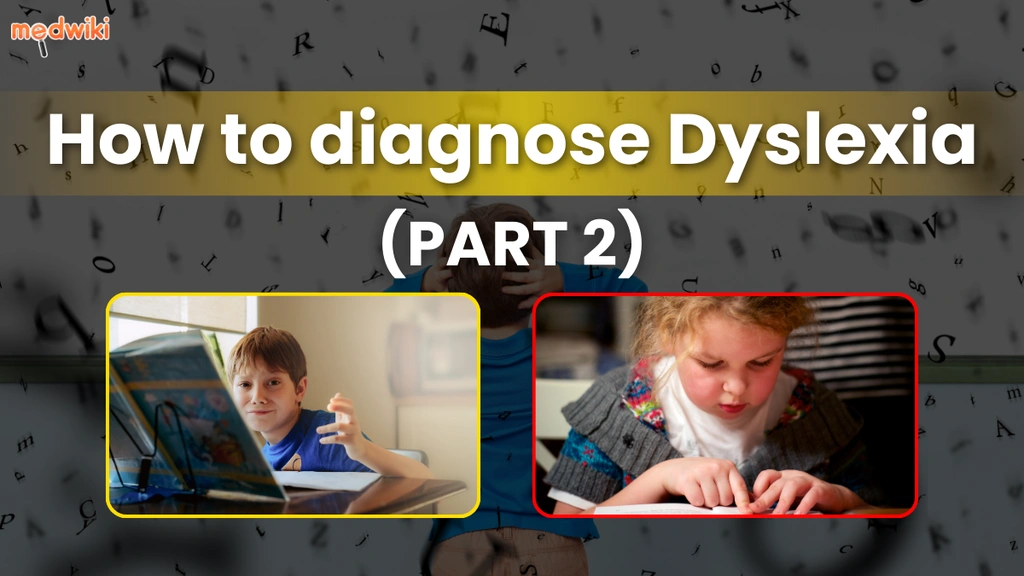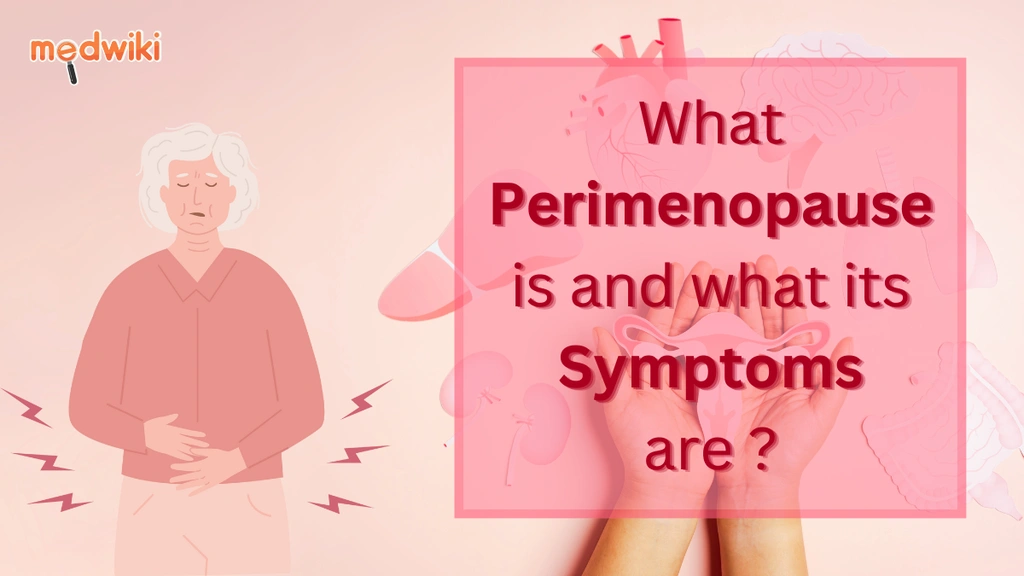halobid
Introduction to Halobid
Halobid is a widely used antipsychotic medication designed to treat a variety of mental health disorders. It belongs to a class of drugs known as typical antipsychotics and is primarily prescribed for managing symptoms associated with schizophrenia, acute psychosis, and Tourette’s syndrome. Halobid is available in multiple forms, including tablets, injections, and syrups, allowing for flexible administration based on the patient's needs and medical condition. This versatility makes Halobid a valuable option for healthcare providers when tailoring treatment plans to individual patients.
Composition of Halobid
The active ingredient in Halobid is Haloperidol, with a concentration of 1.5mg per dosage unit. Haloperidol works by blocking dopamine receptors in the brain, which helps to balance neurotransmitter activity. This action is crucial in reducing symptoms such as hallucinations, delusions, and severe agitation associated with certain psychiatric disorders. The effectiveness of Halobid in managing these symptoms makes it a critical component of treatment plans for individuals with severe mental health conditions.
Uses for Halobid
- Management of schizophrenia symptoms
- Treatment of acute psychotic episodes
- Control of severe agitation in patients
- Reduction of tics and vocal utterances in Tourette’s syndrome
- Management of severe behavioral problems in children
Side Effects of Halobid
- Drowsiness or sedation
- Extrapyramidal symptoms (e.g., tremors, rigidity)
- Dry mouth
- Blurred vision
- Constipation
- Weight gain
- Potential for tardive dyskinesia with long-term use
Precautions for Halobid
Before starting Halobid, it is essential to inform your healthcare provider of any existing medical conditions, especially those related to heart health, liver function, or a history of seizures. Halobid may interact with other medications, so provide a comprehensive list of any drugs or supplements you are currently taking. Pregnant or breastfeeding women should use Halobid only if clearly needed and under medical supervision. Regular monitoring by a healthcare professional is recommended to manage potential side effects and adjust dosages as necessary.
Conclusion
Halobid, with its active ingredient Haloperidol, offers a reliable solution for managing various psychiatric disorders. Available in tablets, injections, and syrups, it provides flexibility and effectiveness in treatment. However, as with any medication, it is crucial to use Halobid under the guidance of a healthcare professional, considering all precautions and potential side effects. By doing so, patients can achieve better management of their symptoms and improve their quality of life.
Similar Medicines
Available in 5 variations

Halobid 20mg Tablet
Halobid 20mg Tablet
strip of 10 tablets

Halobid 0.25mg Tablet
Halobid 0.25mg Tablet
strip of 10 tablets

Halobid 5mg Tablet
Halobid 5mg Tablet
strip of 10 tablets

Halobid 10mg Tablet
Halobid 10mg Tablet
strip of 10 tablets

Halobid 1.5mg Tablet
Halobid 1.5mg Tablet
strip of 10 tablets
Related Faqs

Does Halidol cause respiratory depression/ hallucination?
Halidol also known as haloperidol is a medication that has the potential to induce dyspnea a difficulty in breathing among patients In addition to this adverse effect it can also lead to various behavioral abnormalities However it is important to note that Halidol is not generally associated with the occurrence of respiratory depression or hallucinations in individuals who take it Dyspnea as a side effect of Halidol may manifest as a sensation of breathlessness or labored breathing It is crucial for medical professionals to monitor patients closely for any signs or symptoms of this condition as it could potentially be an indication of a severe allergic reaction or other serious underlying health issues Prompt medical attention should be sought if dyspnea occurs while taking this medication While Halidol can cause behavioral abnormalities such as agitation restlessness or confusion it is not typically linked to respiratory depression Respiratory depression refers to a decrease in the rate or depth of breathing which can lead to inadequate oxygenation of the blood Similarly hallucinations which involve perceiving things that are not actually present are not commonly associated with the use of Halidol As with any medication it is essential to consult with a healthcare professional about the potential risks and benefits of Halidol before starting or modifying its use This will help ensure that the treatment plan is tailored to the specific needs and medical history of the individual patient

Is Cizonil a sedative/ make you sleepy?
Cizonil an antianxiety medication has the potential to induce sedation as one of its side effects Sedation refers to a state of calmness relaxation and drowsiness that can be experienced after taking this medication While the primary purpose of Cizonil is to alleviate anxiety symptoms it is important to note that sedation can occur as a result of its pharmacological action on the central nervous system This effect is particularly notable when Cizonil is taken in higher doses or combined with other substances that have sedative properties such as alcohol or certain pain medications The sedative effect of Cizonil can vary from person to person with some individuals experiencing mild drowsiness while others may feel significantly more sedated It is essential for individuals taking Cizonil to be cautious when engaging in activities that require alertness such as driving or operating heavy machinery as sedation can impair their ability to perform these tasks safely It is advisable to follow the prescribed dosage and consult with a healthcare professional if sedation persists or becomes excessive

Is Cizonil a benzo or a neuroleptic or MAOI?
No Cizonil does not belong to the category of benzodiazepines benzos monoamine oxidase inhibitors MAOIs or neuroleptics It specifically falls under the classification of antipsychotics Its mechanism of action involves blocking the activity of dopamine receptors in the brain This blockade effectively reduces the hyperactivity of dopamine in the brain resulting in therapeutic effects for certain psychiatric conditions By inhibiting the action of dopamine Cizonil helps regulate and manage symptoms associated with psychosis and related mental disorders Despite its distinct classification as an antipsychotic Cizonil does not possess the sedative properties of benzodiazepines or the monoamineoxidase inhibiting effects of MAOIs Instead its primary mode of action centers around the modulation of dopamine function in the brain This unique mechanism is what sets Cizonil apart from other classes of medications commonly used in the treatment of various mental illnesses Therefore when considering treatment options for psychotic disorders Cizonil may be prescribed by healthcare professionals to provide relief to patients experiencing excessive dopamine activity in the brain

Is Opedol a benzo or a neuroleptic or MAOI?
No Opedol is not classified as a benzodiazepine a monoamine oxidase inhibitor MAOI or a neuroleptic Instead it falls under the category of antipsychotic medications Its mechanism of action involves the blocking of dopamine receptors in the brain thereby reducing the excessive dopamine activity that occurs By modulating this neurotransmitter Opedol aims to alleviate symptoms associated with psychotic disorders such as schizophrenia Unlike benzodiazepines which act primarily on the gammaaminobutyric acid GABA system Opedol targets the dopaminergic system Similarly it differs from monoamine oxidase inhibitors which primarily affect the breakdown of neurotransmitters like dopamine serotonin and norepinephrine Furthermore Opedol is not classified as a neuroleptic which is a term used to describe a broader category of antipsychotic medications Instead it is specifically categorized as an antipsychotic due to its selective action on dopamine receptors in the brain By clarifying these distinctions we can better understand the unique role of Opedol in the treatment of various psychiatric conditions
Related Posts

1:15
What are the Types of Hallucinations?

1:15
Symptoms of Emotional Hangover!| How to Fix Emotional Hangover?

1:15
Dyslexia Symptoms & Diagnosis – Know the Signs!

1:15
Dyslexia: What is it, how does it occur and how dangerous is it!

1:15
How to Take Control of Perimenopause: Home Remedies You Need to Know!

1:15
How Does Guillain-Barre Syndrome Start? Symptoms, Causes, and Treatment!

1:15
How to Get Glowing Skin Naturally | Easy Skincare Tips!
Disclaimer : This information is not a substitute for medical advice. Consult your healthcare provider before making any changes to your treatment . Do not ignore or delay professional medical advice based on anything you have seen or read on Medwiki.
halobid
Prescription Required
Manufacturer :
Crescent Therapeutics LtdComposition :
haloperidol

















.svg)
